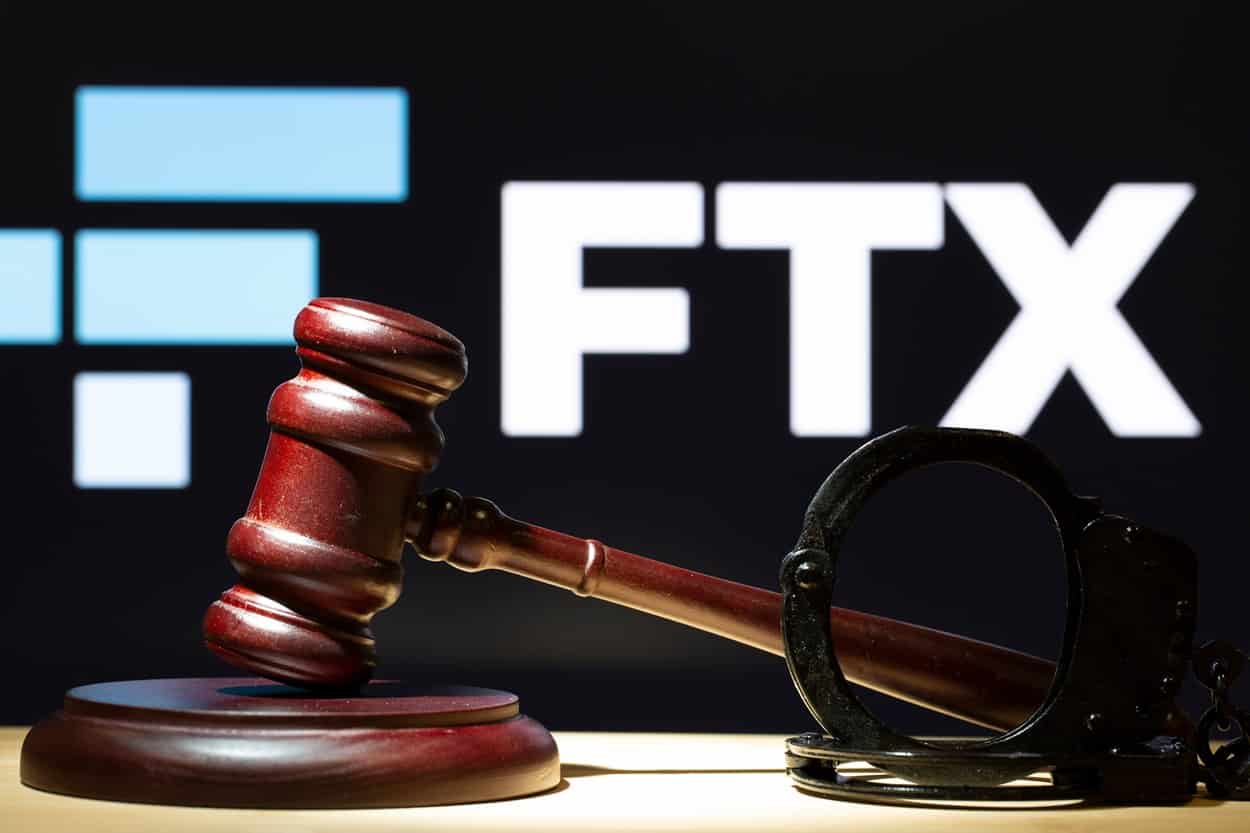FTX, once a titan in the cryptocurrency exchange market, has taken a pivotal step in addressing its bankruptcy debacle.
The amended Chapter 11 Plan of Reorganization filed by FTX’s debtors estate, led by CEO John Ray III and Sullivan & Cromwell lawyers, marks a significant moment for creditors and the broader crypto market.
Notably, the plan includes a provision to value cryptocurrency claims based on their cash worth at the time of the bankruptcy filing on November 11, 2022.
This reorganization strategy sets a critical precedent in the crypto industry, at the time of FTX’s collapse, Bitcoin, for instance, hovered around $17,000, whereas its current trading value exceeds $42,000.
Such a stark difference underscores the potential financial losses creditors might face if the plan proceeds.
https://twitter.com/PatRabbitte1/status/1736666304159928603
With the global crypto market cap rebounding from approximately $856 billion to $1.6 trillion, the ramifications of this plan are substantial, not just for individual creditors but for the crypto economy at large.
Creditor Perspectives and Legal Considerations for the Voting Process
The proposal has sparked controversy, particularly among FTX creditors like Sunil Kavuri, who argues that it contradicts FTX’s Terms of Service, which stated that digital asset titles belonged to customers, not the exchange.
This viewpoint aligns with the charges against FTX founder Sam Bankman-Fried, convicted on all seven counts of fraud, for appropriating digital assets owned by FTX customers.
Creditors from specific classes will have the opportunity to vote on this amended plan, the plan’s approval hinges on meeting various thresholds in dollar amounts and claimant numbers.
However, a “cram-down” scenario might occur, forcing non-consenting creditor classes to accept the plan if deemed “fair and equitable.”
The Larger Picture: FTX’s Future and the Road to Recovery
The restructuring plan could see FTX continue operations, but the exact nature of its future remains uncertain.
Key questions linger around the potential relaunch of its crypto exchange and the realistic expectations creditors can have regarding their reimbursements.
The IRS’s claim of FTX owing $44 billion in taxes adds another layer of complexity, with the possibility of government claims overshadowing creditor reimbursements.
FTX’s downfall, with Sam Bankman-Fried at the helm, has been a significant blow to the crypto world.
From its peak valuation of $32 billion to its dramatic crash, FTX’s story is a stark reminder of the volatility and risks inherent in the cryptocurrency market.
The proposed reorganization plan is more than a procedural step; it’s a critical juncture that could shape the future of cryptocurrency investments and the legal landscape surrounding digital assets.
The Bottom Line
As FTX navigates through its bankruptcy proceedings with this revised reorganization plan, the outcome will not only affect the immediate stakeholders but also set a precedent in the cryptocurrency domain.
It remains to be seen how this plan will reshape the perception and handling of crypto assets in the complex interplay of legal, financial, and technological realms.
